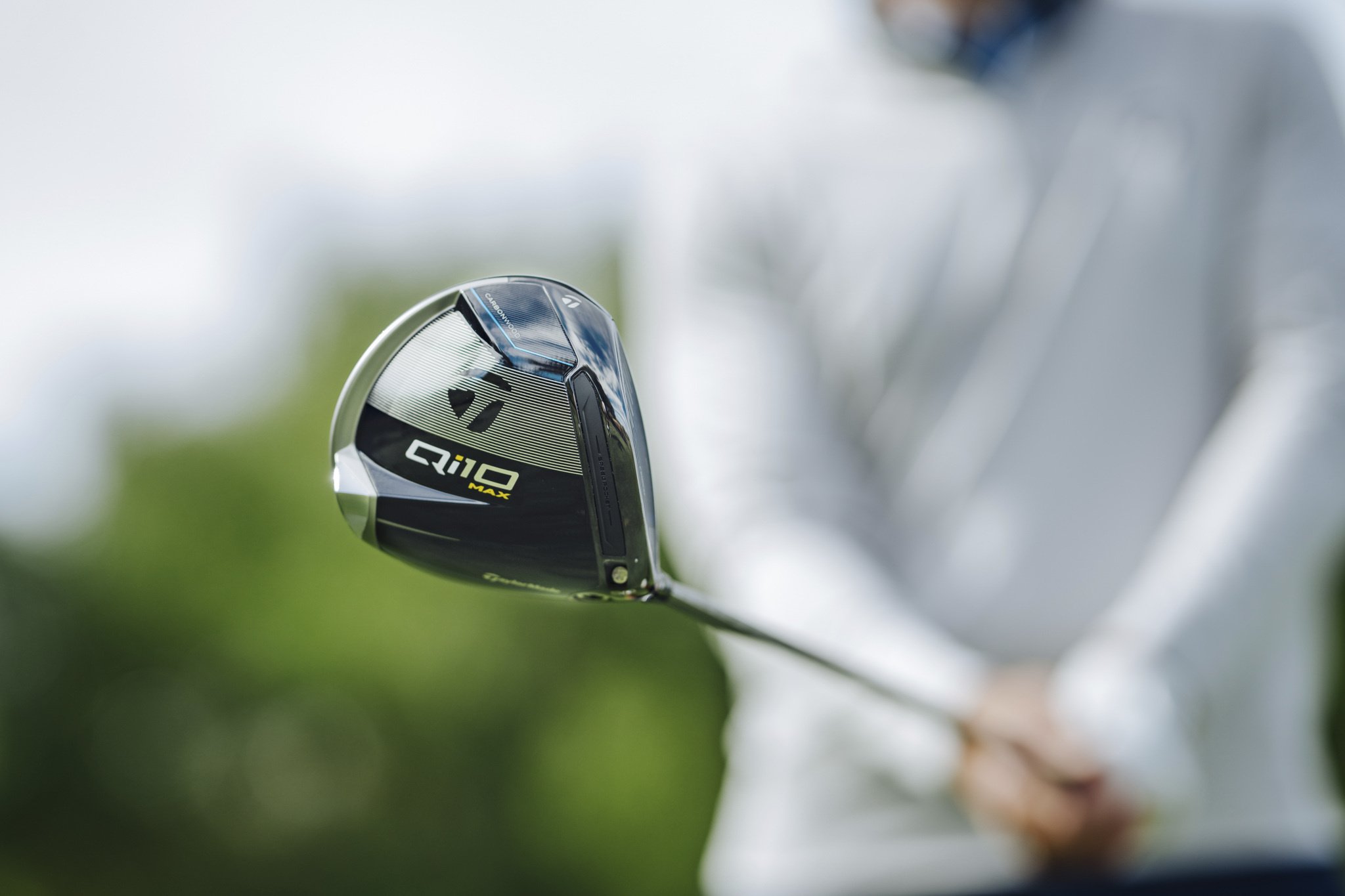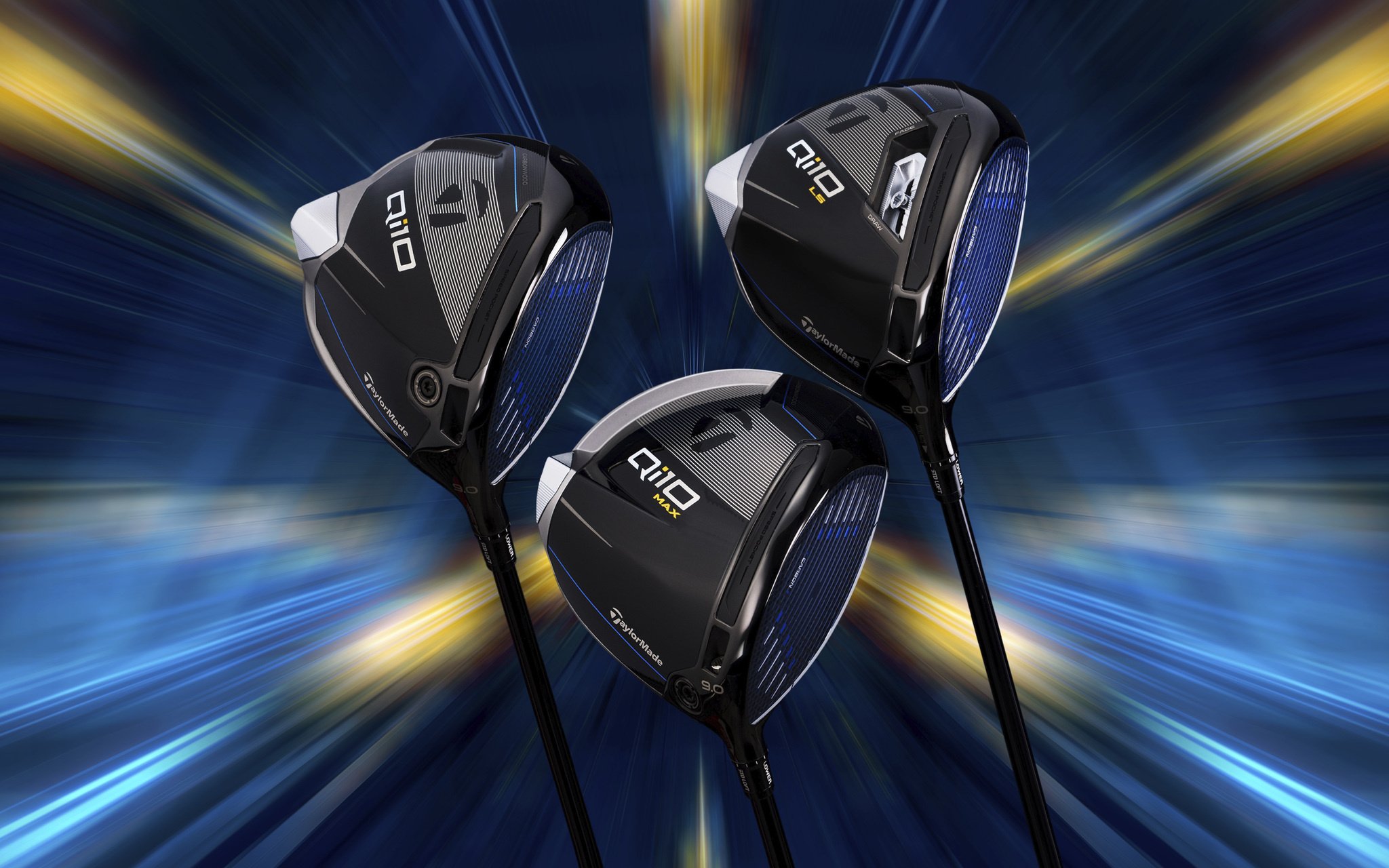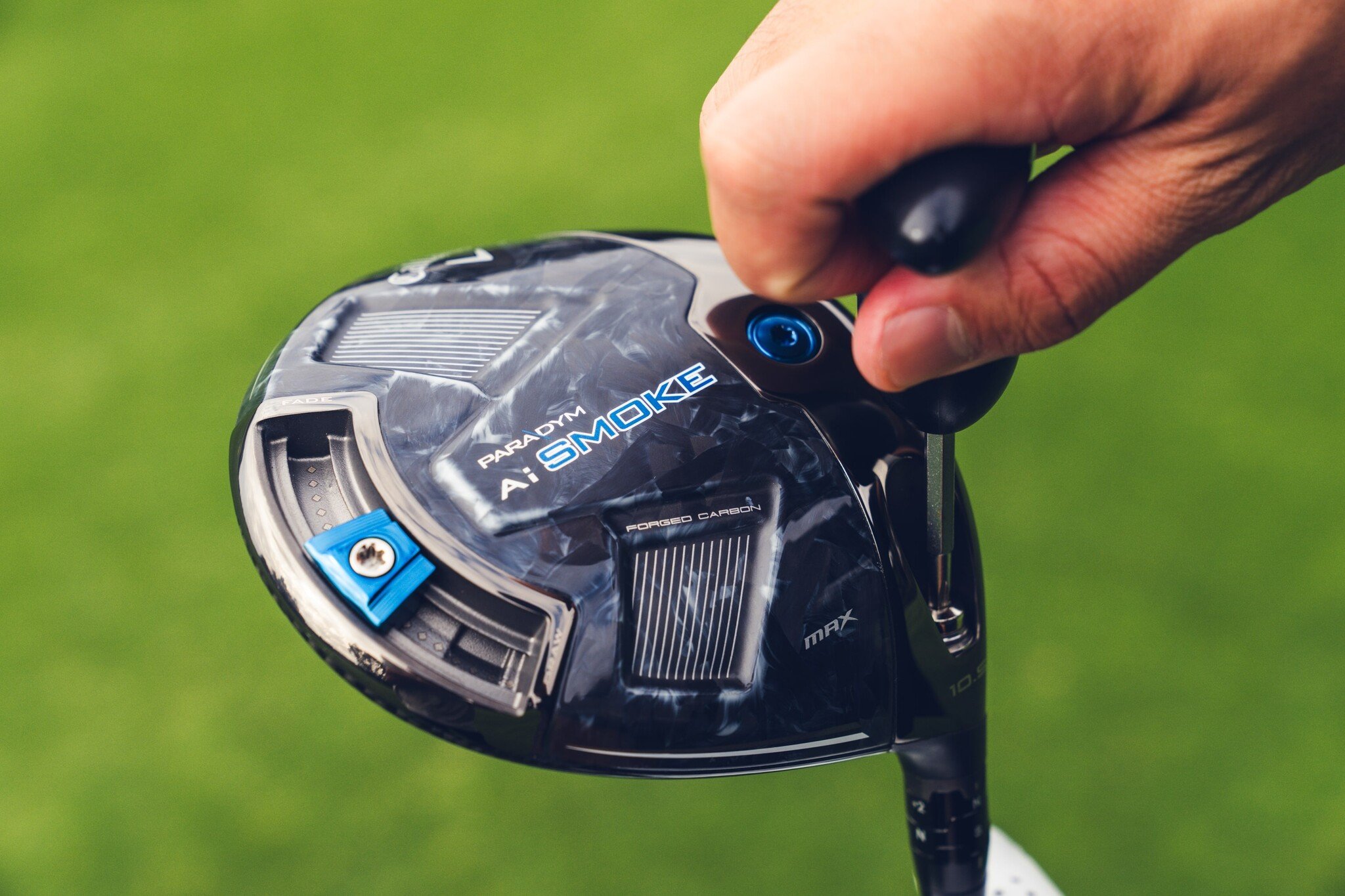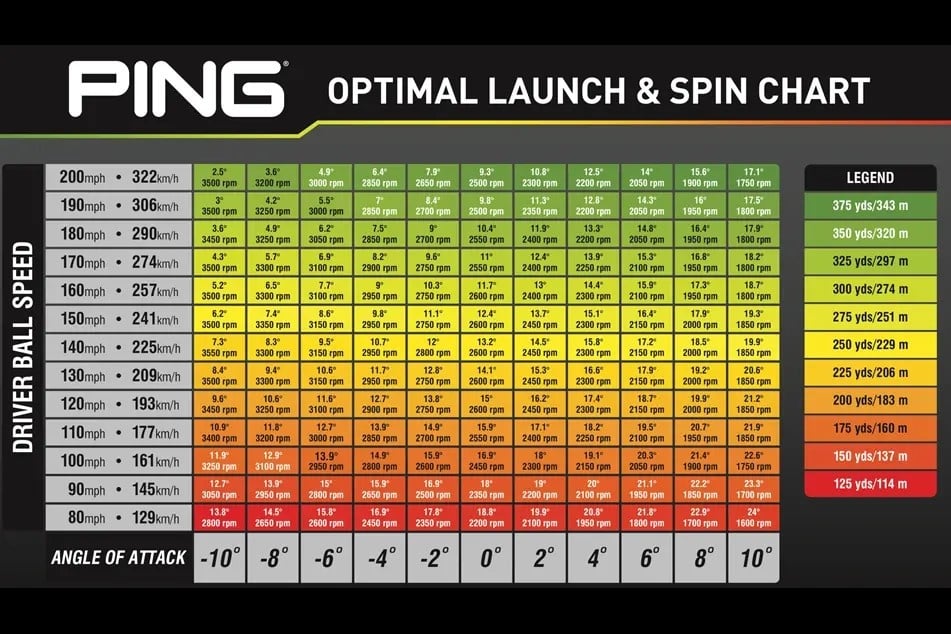Welcome to our comprehensive guide for purchasing the perfect driver to enhance your golfing experience. Whether you're a seasoned golfer or just starting out, finding the right driver can significantly impact your performance on the course. In this guide, we'll provide you with expert advice, detailed insights, and practical tips to help you navigate the wide range of options available and make an informed decision. From understanding key features to considering your individual swing characteristics, we'll cover all aspects to ensure you find a driver that suits your needs and helps you achieve your goals on the fairway. Let's tee off into the world of drivers and discover the perfect fit for your game!

When choosing a driver that best fits your golf game it's important to consider the following factors:
1. Consider how much you want to spend on a driver: Typically when you spend more money on a driver you gain more advanced technology and durability in the driver. If your budget is on the lower side it is beneficial to consider used or previous year models instead of new, current year models since sometimes older clubs will work just as good for your game without forcing you to settle on a lesser quality club that doesn't fit your swing.
2. Decide on a driver that best matches your skill level: Different drivers are designed for different skill levels from beginner to tour players so it's important to choose a driver that matches your skill level to optimize performance on the golf course.
3. Clubhead Size: Choose a clubhead size that suits your preference and confidence at address. Larger clubheads typically offer more forgiveness on off-center hits, while smaller clubheads may provide enhanced workability and control. For more information about the impact of different clubhead sizes read our Clubhead Size section.
4. Clubhead Material: Decide between carbon, titanium, or other materials for the driver's construction. Consider factors such as weight, durability, and feel at impact. For more information about how clubhead materials impact performance read our Clubhead Material section.
5. Adjustability: Determine if you want a driver with adjustable features such as loft, lie angle, and weighting. Adjustable drivers allow you to fine-tune your ball flight and tailor the club to your swing preferences. For more information about what adjustments can be done to drivers and the advantages of getting a driver with adjustability read our Driver Adjustability section.
6. Launch and Spin Characteristics: Consider the driver's launch angle and spin rates to optimize your ball flight for maximum distance and accuracy. Different drivers may produce varying launch and spin conditions based on their design features. For more information about how to optimize launch and spin read our Driver Launch and Spin section.
7. Choose which shaft and grip best fits your golf swing best: Golf shafts come in different flexes and weights that impact ball flight and distance along with forgiveness so you want to choose a shaft that optimizes your ball flight based on your swing. It is also beneficial to pick a grip that feels comfortable in your hands and that is the right size for proper control and consistency. For more information about what to consider when choosing the correct shaft read our Driver Shafts section.
8. Research different brands: Each brand produces drivers differently so it's beneficial to research a brands reputation and even their warranty policies when it comes to purchasing a driver.
Driver Clubhead Construction
Clubhead Size
The driver clubhead size refers to the volume or cubic centimeters (cc) of the clubhead's volume. Typically, driver clubheads range in size from around 440cc to 460cc, although some models may be smaller. The head size of a driver can significantly impact performance in several ways:
1. Forgiveness: Generally, larger clubheads offer more forgiveness on off-center hits. This means that even if you don't make perfect contact with the ball, you're more likely to achieve reasonable distance and accuracy. This forgiveness is especially beneficial for golfers who struggle with consistency in their swings.
2. Sweet Spot Size: The sweet spot is the area on the clubface that produces the best results in terms of distance and accuracy. Larger clubheads tend to have larger sweet spots, making it easier to consistently strike the ball well.
3. Ball Speed: A larger clubhead can potentially generate higher ball speeds due to a larger face area. This can lead to increased distance off the tee, which is a significant advantage, particularly on longer holes.
4. Aerodynamics: Smaller clubheads may offer better aerodynamics, allowing for increased clubhead speed through the swing. This can result in higher swing speeds and potentially greater distance for players who can consistently make solid contact.
5. Workability: Smaller clubheads provide more workability, meaning skilled players can manipulate the ball flight more easily to shape shots according to their needs. This is particularly advantageous for players who prefer to shape their shots or who need to navigate tight fairways and hazards.
6. Confidence at Address: Some players feel more confident and comfortable addressing the ball with a larger clubhead, as it provides a sense of stability and forgiveness. Conversely, others may prefer the sleek look and feel of a smaller clubhead, which can instill confidence in their ability to control the ball.
Clubhead Material
Carbon and titanium drivers are the two most common types of golf drivers today, each with distinct characteristics and benefits. Here's a breakdown of the main differences between them:
1. Material:
-Carbon: Carbon drivers are typically constructed using carbon composite materials, known for their lightweight and durable properties. These materials allow for precise weight distribution, often resulting in increased forgiveness, distance, and customization options.
-Titanium: Titanium drivers are made primarily from titanium, which offers a high strength-to-weight ratio. Titanium is renowned for its durability and ability to produce powerful energy transfer at impact, leading to excellent distance and forgiveness.
2. Weight and Forgiveness:
-Carbon: Carbon drivers tend to be lighter in weight compared to titanium drivers. This lightweight construction can contribute to increased swing speed and maneuverability. Additionally, carbon drivers often provide enhanced forgiveness on off-center hits, thanks to their advanced weight distribution and design features.
-Titanium: While titanium drivers may be slightly heavier than carbon drivers, they offer exceptional forgiveness and stability through the swing. Titanium's strength and durability contribute to a solid feel at impact, helping golfers maintain consistency and distance even on mishits.
3. Feel and Sound:
-Carbon: Carbon drivers may offer a softer feel and quieter sound at impact compared to titanium drivers. The vibration-dampening properties of carbon composite materials contribute to a comfortable and responsive feel, enhancing the overall playing experience.
-Titanium: Titanium drivers typically produce a more pronounced sound and firmer feel at impact. Some golfers prefer the solid feedback provided by titanium drivers, which can instill confidence and control during the swing.
Some modern day drivers are constructed with both titanium and carbon to take advantage of the benefits of both materials so it is important to research how a driver is constructed before purchasing it.
Clubhead Variations

Standard, draw bias, and low spin drivers are all variations of golf club drivers designed to suit different player preferences and correct specific ball flight tendencies. Here's how they differ:
1. Standard Driver: A standard driver is designed to provide neutral ball flight characteristics without any specific bias towards a draw or fade. It typically features a centered clubface, standard weighting distribution, and a neutral center of gravity (CG) position. Standard drivers are suitable for golfers with a consistent swing who don't require additional correction for ball flight tendencies.
2. Draw Bias Driver: A draw bias driver is engineered to counteract a slice or promote a right-to-left ball flight for right-handed golfers (or left-to-right for left-handed golfers). This is achieved by positioning additional weight towards the heel of the clubhead or implementing other design features that encourage the clubface to close more easily through impact. Draw bias drivers help golfers who struggle with slicing the ball to achieve a straighter or slightly left-biased ball flight.
3. Low Spin Driver: A low spin driver is designed to reduce spin rates on tee shots, which can lead to longer distances and a more penetrating ball flight. This type of driver typically features design elements aimed at minimizing spin, such as a forward CG position, a more aerodynamic clubhead shape, and a lower loft. Low spin drivers are popular among golfers who generate high spin rates naturally or who prefer a flatter trajectory with maximum distance off the tee.
Driver Adjustability

Modern drivers often come with a range of adjustability features that allow golfers to fine-tune their equipment to optimize performance. Here are some common adjustments that can be made to driver heads:
1. Loft Adjustment: Many drivers feature adjustable hosels that allow golfers to change the loft angle of the club. By increasing or decreasing the loft, golfers can adjust the launch angle and spin rate of their shots to optimize distance and trajectory.
2. Lie Angle Adjustment: Some drivers offer lie angle adjustments, which allow golfers to change the angle at which the clubhead sits relative to the shaft. This can help golfers achieve a more comfortable setup position and ensure proper alignment at address.
3. Weight Distribution: Many drivers come with movable weight systems that allow golfers to adjust the distribution of weight within the clubhead. By moving weights around, golfers can alter the center of gravity (CG) and moment of inertia (MOI) to optimize forgiveness, shot shape, and ball flight characteristics.
4. Interchangeable Shafts: Some drivers feature interchangeable shaft systems that allow golfers to easily swap out shafts to find the best combination of length, flex, and weight for their swing characteristics.
5. Adjustable Hosel Adapters: Adjustable hosel adapters allow golfers to change the orientation of the clubhead relative to the shaft, which will affect the lie angle, loft, and face angle of the club. This is what you typically use to adjust the loft, lie angle, and face angle. This allows for precise adjustments to optimize launch conditions and shot shape.
6. Swing Weight Adjustment: Some drivers feature adjustable weights that can be added or removed to adjust the swing weight of the club. This can help golfers achieve a more consistent swing tempo and feel.
By taking advantage of these adjustability features, golfers can fine-tune their drivers to suit their individual swing characteristics, preferences, and playing conditions, ultimately maximizing performance off the tee.
Driver Launch and Spin
Driver Launch
In golf, "launch" refers to the initial angle at which the golf ball leaves the clubface of a driver or any other golf club upon impact. It's a critical factor in determining the trajectory of the ball's flight, particularly off the tee. Launch angle is measured in degrees and represents the vertical angle between the ground and the direction in which the ball travels immediately after impact.
The launch angle of a golf driver is influenced by various factors, including:
1. Loft: The loft of the driver plays a significant role in determining the launch angle. Higher lofted drivers tend to produce higher launch angles, while lower lofted drivers result in lower launch angles. The optimal loft for a golfer depends on factors such as swing speed, angle of attack, and desired ball flight.
2. Clubhead Design: The design features of the driver's clubhead, including its size, shape, and center of gravity (CG) location, can affect launch angle. Drivers with larger clubheads and deeper CG locations may promote higher launch angles, while those with smaller clubheads and forward CG locations may lead to lower launch angles. Companies today typically use weights or adjustable weights on the clubhead to adjust the CG.
3. Shaft Dynamics: The characteristics of the driver shaft, such as flex, kick point, and torque, can also influence launch angle. A softer flex or lower kick point shaft may help golfers achieve higher launch angles, while a stiffer shaft or higher kick point shaft may produce lower launch angles.
4. Swing Technique: Factors such as swing speed, angle of attack, and impact location on the clubface can impact the launch angle. Golfers with slower swing speeds may benefit from higher lofted drivers to achieve optimal launch conditions, while those with faster swing speeds may require lower lofted drivers for better control and distance.
5. Impact Conditions: The conditions at impact, including ball position, clubface angle (open, square, closed), and swing path, can influence launch angle. Proper setup and alignment, along with consistent swing mechanics, are essential for achieving optimal launch conditions.
Optimizing launch angle is crucial for maximizing distance and accuracy off the tee. Golfers often undergo custom fitting sessions to determine the ideal combination of loft, clubhead design, shaft dynamics, and swing technique to achieve the desired launch angle for their game. Launch monitor technology is commonly used during fitting sessions to measure and analyze launch conditions and help golfers make informed equipment choices.

Driver Spin
Spin in golf drivers refers to the backspin or topspin imparted on the golf ball upon impact with the clubface. It is one of the critical factors influencing the trajectory, distance, and control of a golf shot. Spin is typically measured in revolutions per minute (RPM) and can be categorized into two main types:
1. Backspin: Backspin is the rotation of the golf ball in the opposite direction of its flight path. When a driver imparts backspin on the ball, it creates lift, allowing the ball to stay airborne longer and achieve a higher trajectory. Backspin also helps stabilize the ball's flight and reduces the effect of sidespin, promoting accuracy and consistency.
2. Sidespin: Sidespin refers to the horizontal spin applied to the golf ball, causing it to curve to the left (draw for right-handed golfers) or to the right (fade for right-handed golfers) during flight. Excessive sidespin can lead to erratic ball flight and make it challenging to control direction and accuracy.
The optimal spin rate for a driver shot depends on various factors, including clubhead speed, launch angle, angle of attack, and spin loft (the difference between the angle of attack and the dynamic loft at impact). Generally, lower spin rates are desirable for maximizing distance off the tee, as they help reduce air resistance and promote a more penetrating ball flight. However, it's essential to find the right balance between spin and launch angle to achieve the ideal combination of carry distance and roll upon landing.

Modern driver designs often incorporate features such as adjustable weight systems, aerodynamic enhancements, and optimized clubface designs to help golfers fine-tune spin rates and achieve optimal performance based on their swing characteristics and playing conditions. Launch monitors and ball-flight tracking technologies are commonly used during custom fitting sessions to analyze spin rates and optimize equipment specifications for individual golfers.
Overall, understanding spin in golf drivers is essential for golfers looking to optimize their ball flight, distance, and accuracy off the tee. Finding the right spin characteristics can help golfers achieve their desired results and enhance their overall performance on the golf course.
Driver Shafts
Golf driver shafts can vary in several key characteristics, each of which can significantly impact a golfer's performance. Here are the main factors that differ between golf driver shafts:
1. Flex: Shaft flex refers to the amount of bend or flexibility in the shaft during the golf swing. Most golfers will have the same flex in every club in their golf bag to help with consistency. Driver shafts typically come in several flex options, including:
-Extra Stiff (X): Suitable for golfers with very high swing speeds and aggressive swings.
-Stiff (S): Designed for golfers with fast swing speeds and strong, consistent swings.
-Regular (R): Ideal for golfers with moderate swing speeds and a smooth, rhythmic swing tempo.
-Senior/Lite (A/L): Intended for golfers with slower swing speeds and a smoother tempo, providing more flex for increased clubhead speed.
-Ladies (L): Specifically designed for female golfers with slower swing speeds and smoother swings.
2. Weight: Driver shafts come in a range of weights, typically measured in grams (g). Lighter shafts can help increase clubhead speed, while heavier shafts can provide more stability and control. Golfers should choose a shaft weight that matches their swing characteristics and preferences.
3. Kick Point/Flex Point: The kick point, also known as the flex point, refers to the location along the shaft where it bends the most during the swing. Driver shafts can have high, mid, or low kick points:
-High Kick Point: Provides a lower ball flight and less spin, ideal for golfers seeking more control and consistency.
-Mid Kick Point: Offers a balanced combination of launch and spin characteristics, suitable for a wide range of swing speeds and playing styles.
-Low Kick Point: Promotes a higher ball flight and increased spin, beneficial for golfers with slower swing speeds or those seeking maximum distance.
4. Torque: Torque measures the shaft's resistance to twisting during the swing. Lower torque shafts provide more stability and control, while higher torque shafts offer increased forgiveness and feel. Golfers should select a torque rating that matches their swing tempo and preferences.
5. Material: Driver shafts can be made from various materials, including graphite, steel, and composite materials. Graphite shafts are the most common choice for drivers due to their lightweight and ability to dampen vibrations, resulting in a smoother feel and increased clubhead speed.
6. Length: While not inherent to the shaft itself, driver shafts come in different lengths, which can affect swing dynamics, clubhead speed, and control. Longer shafts may provide more distance but can be more difficult to control, while shorter shafts offer increased accuracy and consistency. Also, driver shafts tend to be the longest club in a golf bag to increase clubhead speed and distance. Typically taller golfers prefer to have a longer driver shaft to help improve posture and stance at address.
|
Flex/Swing Speed
|
Launch |
Spin
|
| Extra Stiff (Over 110 mph) |
10-16 degrees |
2000-2500 rpm |
| Stiff (97-109 mph) |
12-16 degrees |
2000-2500 rpm |
| Regular (84-96 mph) |
13-16 degrees |
2400-2700 rpm |
| Senior/Lite (72-83 mph) |
14-19 degrees |
2600-2900 rpm |
| Ladies (Under 72 mph) |
14-19 degrees |
2600-2900 rpm |
Related Links
Fairway Wood Buying Guide
Hybrid Buying Guide
Iron Buying Guide
Wedge Buying Guide
Putter Buying Guide
Golf Ball Buying Guide






